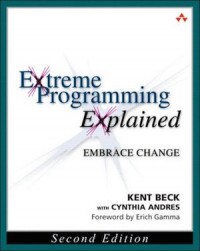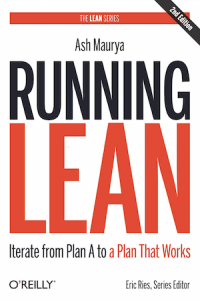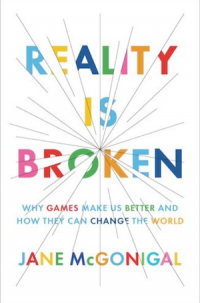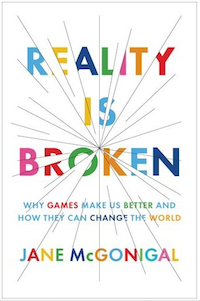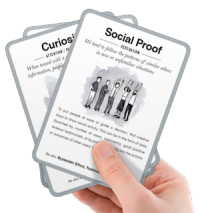CliffsNotes for Startups
Clients often ask us if there’s anything they should read about product development to get a head start on working with us. Here’s a list of some of our favorite books, with pointers to the best parts for our busiest clients (Brian, we’re looking at you).
These recommendations apply to any entrepreneur not just to our clients.
Extreme Programming Explained
“Embrace change.”—Kent Beck
Drab cover aside, Extreme Programming Explained is a tried and true reference from way back when. Kent Beck is one of the signers of the Agile Manifesto, which marked a shift in the way people build software. The book’s an easy read that has informed our values and practices here at Carbon Five.
If you have 5 minutes, read:
The table of contents (we’re serious, it calls out the practices and values by name)
If you have 30 minutes, also read:
Chapter 4 Values
Chapter 5 Principles
Page 37 “Sit Together”
Running Lean
“So the question we are called on to answer is no longer primarily, ‘Can it be built?’, but rather, ‘Should it be built?'”—Ash Maurya
There’s no formula for success, but this is the closest we’ve found to one. We use the tactics from this book on many projects, mostly notably problem/solution interviews and building your audience early. If you’re thinking of writing a 50 page business plan for your startup, read this book first.
If you have 5 minutes, read:
- “Preemptive Strikes and Other Objections (or Why I Don’t Need to Interview Customers)” from Chapter 6
If you have 30 minutes, also read:
- Chapter 3 – Create your Lean Canvas
- Chapter 7 – The Problem Interview
Also check out his blog at http://leanstack.com/meta-principles-i-learned-from-running-lean/
Made to Stick
“Urban legends, conspiracy theories and bogus public-health scares circulate effortlessly. Meanwhile people with important ideas […] struggle to make their ideas stick.” —Chip and Dan Heath
Whether you’re pitching VCs or working on your product’s tagline, Made to Stick can help you be memorable. And in the age of short attention spans and endless advertising, memorable matters. Made to Stick is engaging and well-organized—enjoyable the first time you read it, and an excellent reference after.
If you have 5 minutes, read:
Pages 28-30 on the low fare airline (how having a core message keeps the team aligned)
If you have 30 minutes, read:
Chapter 1 Simple
Reality is Broken
“Compared with games, reality is hopeless. Games eliminate our fear of failure and improve our chances for success.”—Jane McGonigal
Humans have learned how to make compelling experiences—we call them games. Wouldn’t it be cool if we applied all that learning to reality?
McGonigal’s core traits of a game are purposeful goals, rules, salient feedback, and the choice to participate. These principles are crucial not only to the products we build but the process we employ to build them.
If you have 5 minutes, read the beginning pages of:
- Chapter 4: Fun Failure and Better Odds of Success
If you have 30 minutes, also read all of:
- Chapter 3: More Satisfying Work
- Chapter 4: Fun Failure and Better Odds of Success
Creativity, Inc.
“There is nothing quite like ignorance combined with a driving need to succeed to force rapid learning.” – Ed Catmull
The story of Pixar as told by one of its founders is full of great advice for running a creative team at any scale. More importantly, Ed Catmull details what should stay the same and what should change as your organization grows. If you only read one book about running a company, it should be this one.
If you have 5 minutes, read:
Starting Points: Thoughts for Managing a Creative Culture (back of the book)
If you have 30 minutes, also read:
Chapter 2 Pixar is Born
Chapter 3 A defining Goal
Skim through Chapter 5 and read a little about the Braintrust (3 pages in)
Honorable mention
Mental Notes
Mental Notes is a set of flashcards for human behavior concepts. The set is geared towards web designers and is easily digestible to take into a meeting or for any creative session. It receives an honorable mention because it’s not a book, nor is it available to purchase new. You’ll have to find Clark or Suzanna to see their copy or dig up a used set.
If you’re just reading a few pages, you might try to find these excerpts on Google Books or Amazon’s preview (though as some of our favorite books, we think they’re more than worth the purchase price).
Post your top five books below in the comments.
This post was written by Clark Cutler and Alexa Roman
